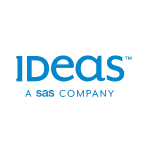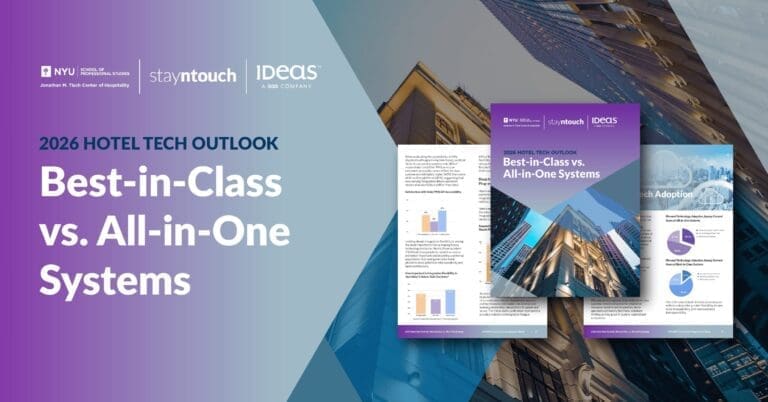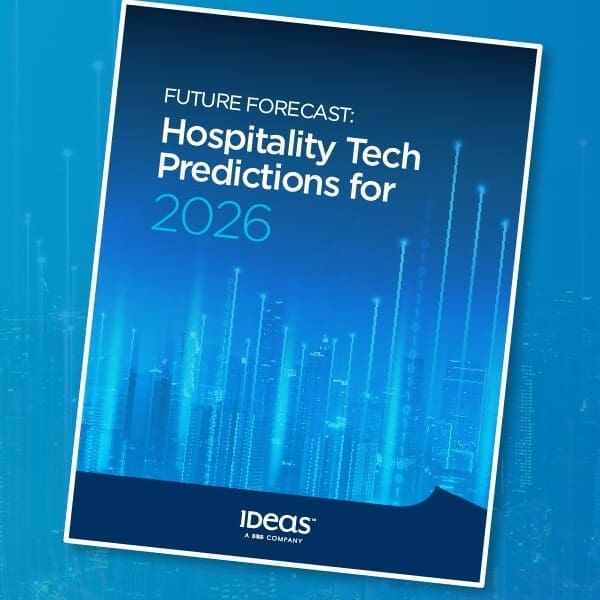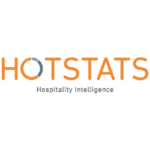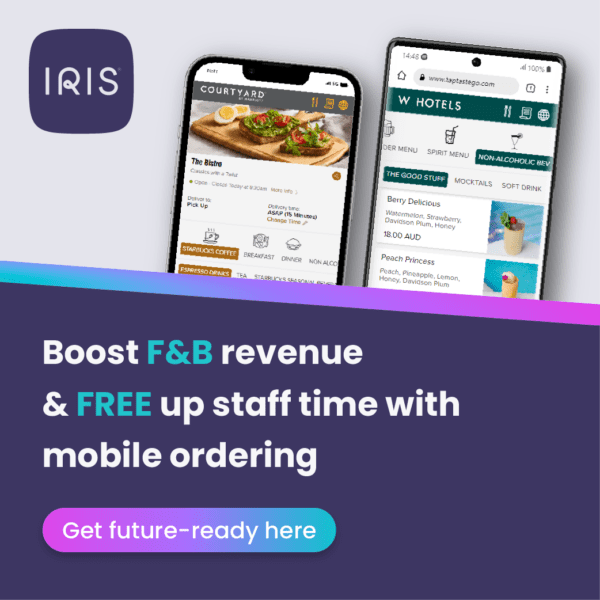 Key performance indicators, better known as KPIs, are touchstones used to measure progress toward the desired outcome.
Key performance indicators, better known as KPIs, are touchstones used to measure progress toward the desired outcome.
For hotels and hospitality organizations, they are key metrics that can shine a light on specific operations within your properties to analyze how they are performing. KPIs are not a new hotel revenue management concept, but as revenue strategies continue to evolve, there are now more KPIs to pick from when charting out revenue management plans.
Think of a revenue manager using KPIs as levers they can turn up or down on a control board, as needed. When revenue managers find the right mix of KPIs, they can determine clear ways to increase hotel revenue for their properties, helping them stand out from their competitors and optimize profitability.
KPIs to Measure for Hotel Revenue Management
There seems to be a near-endless amount of KPIs to track as part of hotel revenue management strategy. Knowing which ones are best to monitor can be tough, especially since the list is constantly evolving within the industry.
Major KPIs already established include revenue per available room (RevPAR), average daily rate (ADR), occupancy rate, market penetration index (MPI), net revenue, and average length of stay (ALOS). While each of these KPIs are critical, there’s some newer ones that aren’t as well-known but are worth looking into. Lesser-established, new or emerging KPIs worth noting are average room upgrade, revenue per upsold reservation, late departure upgrades sold, and exposure rate. Let’s explore these a bit more.
Average Room Upgrade
Determining average room upgrade is done by taking a property’s total room upgrade revenue and dividing it by the number of room upgrades that were sold to guests. Measuring this KPI is a great way to highlight how much revenue a property may be missing out on, which is important to track. However, the trick with room upgrades is they are based largely on established rate and occupancy level, though room upgrades are a great way to supplement room rate increases.
Revenue Per Upsold Reservation
Revenue per upsold room is the average amount of revenue generated from reservations that are upsold. An example of this is a guest has booked a standard room with a king bed, and when they go to check in, your front desk staff upsell the guest, so they stay in a deluxe suite with a skyline view for $40 more per night.
Late Departure Upgrades Sold
When one of your guests requests a late check-out, this is a perfect opportunity to satisfy their needs while gaining an easy upsell for your property.
Exposure Rate
This KPI tracks the percentage of upsell offer emails that are sent to your future guests. Fueled by marketing automation campaigns, an exposure rate of 80% or higher is recommended to maximize upsell conversion opportunities. Since you are sending offers to guests who already have a confirmed reservation, conversion rates are often very high. However, like other upsell opportunities, your established rate and occupancy level affect what upgrades you may be able to offer.
Evolving Food and Beverage KPIs
For a long time, most of the KPIs used to measure whether hotels are meeting their financial goals were structured around analyzing room data. While room data is crucial, revenue managers are now seeing the value in building out KPI strategies for food and beverage departments as well. Let’s take a look at some important KPIs for F&B outlets.
RevPASH
This is the equivalent of analyzing RevPAR, and this KPI allows revenue managers to optimize labor costs to meet peak demand while not having too much staff during slower times. RevPASH also allows you to build out marketing plans to help fill seats during slower times.
Menu Item Profit Versus Popularity
It’s key to increase hotel and restaurant revenue because it takes an extended look at the popularity of items being ordered, versus the costs associated with producing those items. Tracking this KPI allows you to trim unpopular menu items that are cost-prohibitive, and instead carry items that are ordered en masse that have a better profit margin.
Average Check Size
The formula for average check size is simple: Total sales divided by the number of covers within a designated period. This is a good way to forecast sales, as you can isolate data to look at specific times of day and you also get insights into your outlet’s perceived value. For example, if costs are high and check amounts are down, profits are likely minimal and there’s work to be done.


